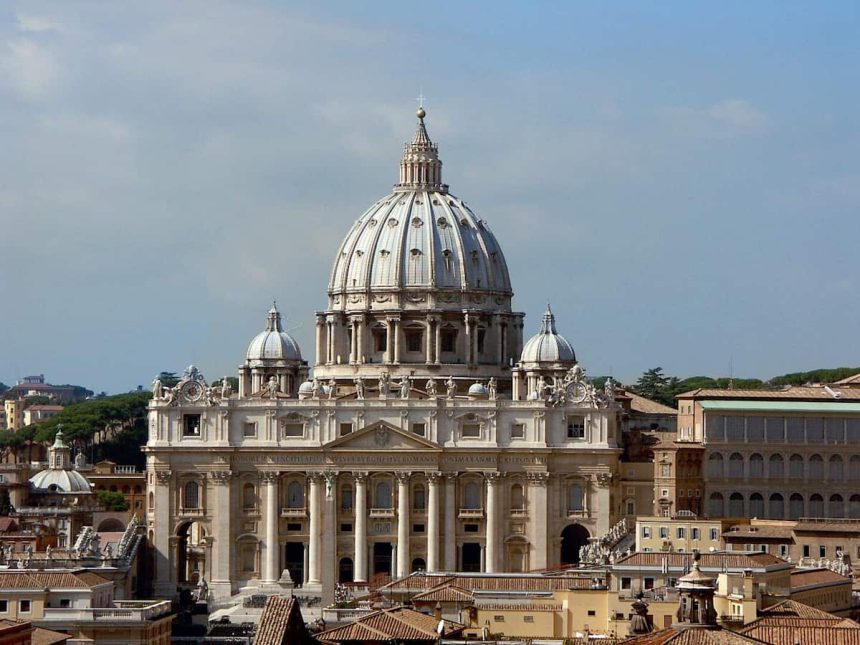Second Vatican Council: Summary of the 1962 Council
The Second Vatican Council, convened by John XXIII, took place between 1962 and 1965. It was a landmark ecumenical council that introduced significant changes in the Catholic Church.

The Second Vatican Council, convened by John XXIII, took place between 1962 and 1965. It was a landmark ecumenical council that introduced significant changes in the Catholic Church.

